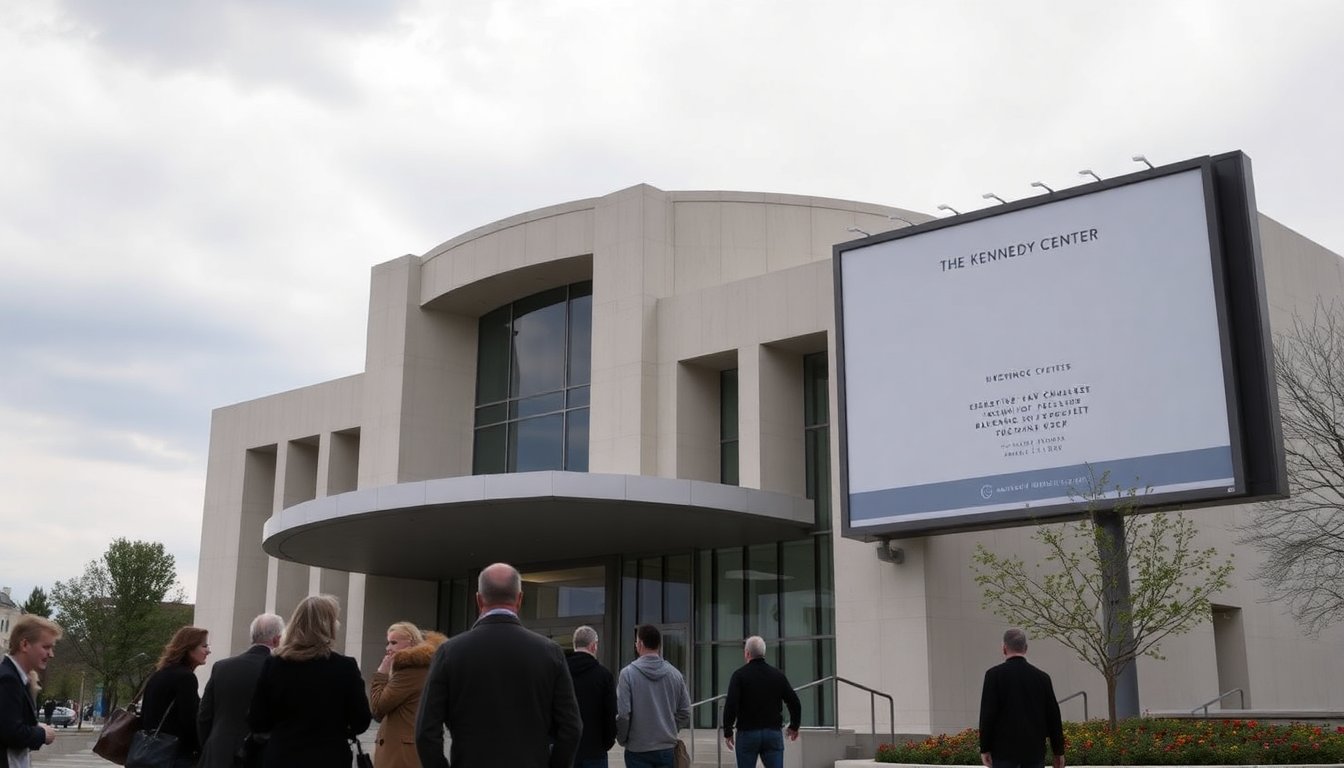Table of Contents
The Kennedy Center is currently facing significant challenges, with a sharp decline in ticket sales evident since the beginning of the Trump administration. An in-depth analysis by the Washington Post reveals that nine months into Trump’s leadership, the three primary performance venues have recorded their lowest sales figures since the pandemic began.
This decline prompts an examination of the factors affecting audience attendance and the broader implications for the arts community. As the cultural landscape shifts, it is essential for stakeholders and patrons to understand these changes.
Declining ticket sales: A closer look
Recent statistics indicate a troubling trend for the Kennedy Center, a longstanding pillar of American culture. Following the change in administration, ticket sales have not only stagnated but have also plummeted to concerning lows. This analysis underscores the influence of the political climate on cultural institutions.
Impact of political climate
The political environment significantly shapes public perception and engagement with the arts. During periods of political unrest or division, individuals may feel less inclined to attend cultural events. The Kennedy Center, known for its eclectic performances, has not escaped these fluctuations.
While audiences often seek refuge from the stresses of current events, the prevailing sentiments surrounding Trump’s presidency may have discouraged many from attending performances. Artists and producers must now rethink their strategies to connect with audiences who may feel disenchanted.
Comparative analysis: Pre- and post-Trump era
To comprehend the magnitude of the decline, it is vital to compare current ticket sales with those from prior years. Before Trump took office, the Kennedy Center enjoyed robust attendance and strong community engagement.
In contrast, the figures from the past nine months illustrate a stark decline.
Factors contributing to decline
Several factors may be responsible for this downturn. First, the ongoing effects of the pandemic have altered how audiences perceive live performances. Many individuals remain cautious about attending crowded events, which has undoubtedly affected sales.
Moreover, the cultural climate during Trump’s presidency has resulted in increased polarization. This division can diminish enthusiasm for events viewed as politically charged or controversial. The decision to attend a performance may now carry implications beyond mere entertainment, influencing how audiences engage with the arts.
Future considerations for the Kennedy Center
As the Kennedy Center confronts these challenges, exploring innovative methods to rekindle interest and attendance is crucial. Engaging with the community through outreach programs and diverse performances can help restore connections with audiences.
Additionally, creating an inclusive environment where all voices are acknowledged can attract a broader audience. By embracing change and adapting to the current landscape, the Kennedy Center can potentially recover from this downturn.
Path forward
This decline prompts an examination of the factors affecting audience attendance and the broader implications for the arts community. As the cultural landscape shifts, it is essential for stakeholders and patrons to understand these changes.0
This decline prompts an examination of the factors affecting audience attendance and the broader implications for the arts community. As the cultural landscape shifts, it is essential for stakeholders and patrons to understand these changes.1





